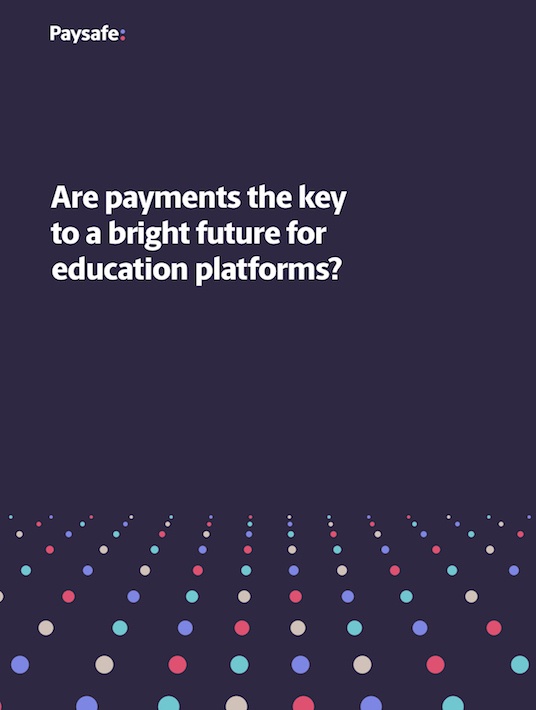Digital Payments In Education: Testing Times For Educators, Scope For Platforms
When it comes to finances and payments, the education landscape in North America is set to face some key challenges in the coming years. Each, in its own way, will present an obstacle to prosperity that needs to be overcome:

1. Fees On The Up
The cost of education in the U.S. has soared in recent years. The price of tuition fees, room, and board at public institutions rose 33% between 2004 and 2015. Costs at private nonprofit institutions rose 26% over the same period. Average annual tuition for an undergraduate degree at a U.S. public institution now costs $8,202 – the highest in the world[1].
Canada is fast catching up, however. Tuition fees have risen by 40% in the last decade, and as government funding decreases, the percentage of operating costs covered by students is growing[2]. As a result, the number of students taking out loans to pay for higher education has risen from approximately 50% in 1990 to approximately 70% in 2015, and wages have not risen to keep pace with these increased costs.
The stress of such a large lump-sum payment can be significant. Loans have traditionally been the avenue students have gone down to spread the cost of their diploma, but these are becoming less and less appealing, due to the high-interest rates involved.
It is, therefore, becoming increasingly important for universities and other education providers to reduce the financial impact of funding their studies, either by offering the opportunity to pay in installments or by finding more cost-effective ways of providing the education. This is an area where eLearning can help, streamlining the cost of studying by eliminating the need for a teacher or classroom.
2. The International Student Surge
Students from overseas account for a growing segment of the total university population in North America, as increasingly affluent young people from China and other emerging markets seek to take advantage of the world-leading education on offer at U.S. and Canadian institutions. As of 2015, international students accounted for nearly 5% of the total student enrollment in the U.S.
While offering an exciting new source of revenue for universities, catering to this international market does present challenges. It is often the case that the families of students want to pay for their children’s tuition, as well as books and other study material from their home country. This means that education providers need to make sure they are able to offer students the ability to pay for their studies from abroad.
Alternatively, a growing number of institutions are turning to eLearning to solve the problem. One of the largest markets for eLearning is China, where nearly 70 universities have developed their own online learning platforms, and where, in 2014, there were nearly 100 million students engaged in eLearning[3]. The growth rate of eLearning throughout Asia is the highest in the world, at 17.3% annually, providing an avenue for future growth for the eLearning sub-sector.
3. The Fragmenting Payments Landscape
Wherever they come from, students want to be able to pay using a method that they are familiar with – in this rapidly diverging global payment landscape, these methods can vary from region to region.
In European territories like the U.K., for example, card payments have overtaken cash and traditional payment methods for transactions in store and online. Across the E.U., the use of EMV “chip and PIN” in card payments is also far more prevalent than in the U.S., where a diminishing but significant number of card transactions still involve the old “swipe and sign” method.
In China and other emerging markets, meanwhile, consumers have bypassed the credit or debit card, opting instead for digital wallets that they can access on their smartphones[4].
Against this backdrop, education providers need to offer students and their families a choice of payment methods, so they can finance their studies using the technology that is familiar to them. Again, this offers scope for education platforms – they can provide potential for educators to offer an easy payment system anywhere in the world, offering a choice of payment methods to meet local needs.
References:
- Education at a Glance 2017
- Tuition fees for degree programs, 2016/2017
- MOOC market in China
- What's In Your Customer's Digital Wallet? Preferences Vary Greatly Around The World









